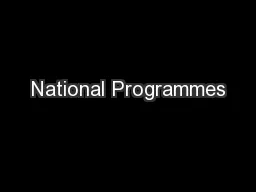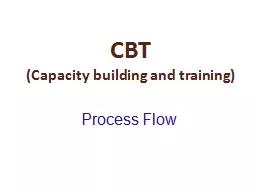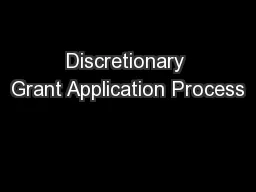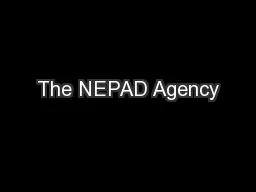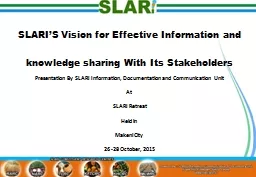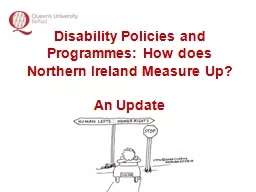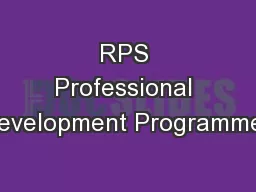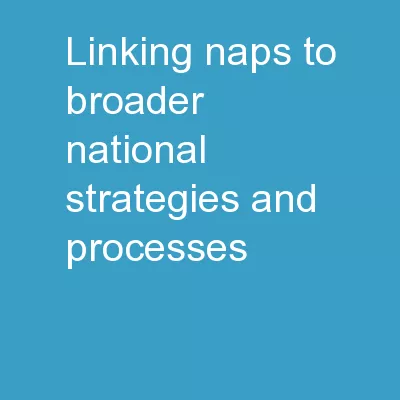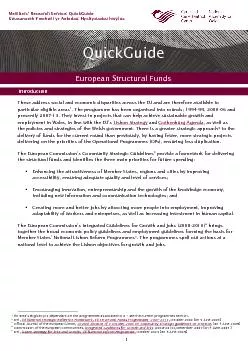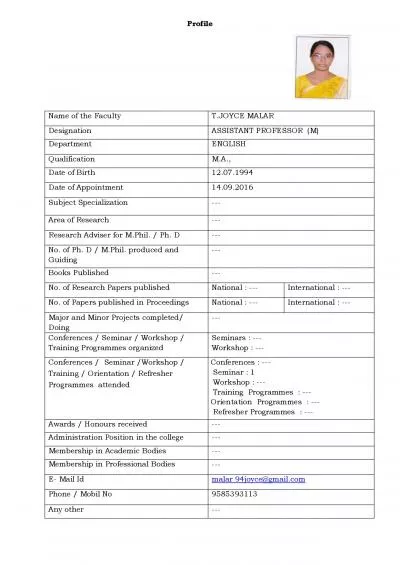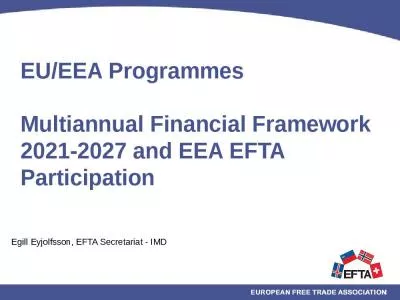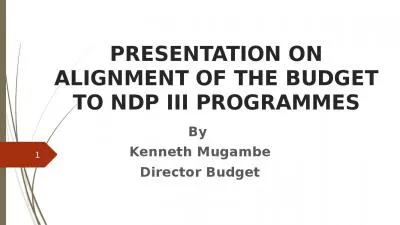PPT-National Programmes
Author : briana-ranney | Published Date : 2016-06-23
Dr Nishant Verma Assistant Professor Department of Pediatrics King Georges Medical University Alarming figures Deaths yr 56000 women due to pregnancy related
Presentation Embed Code
Download Presentation
Download Presentation The PPT/PDF document "National Programmes" is the property of its rightful owner. Permission is granted to download and print the materials on this website for personal, non-commercial use only, and to display it on your personal computer provided you do not modify the materials and that you retain all copyright notices contained in the materials. By downloading content from our website, you accept the terms of this agreement.
National Programmes: Transcript
Download Rules Of Document
"National Programmes"The content belongs to its owner. You may download and print it for personal use, without modification, and keep all copyright notices. By downloading, you agree to these terms.
Related Documents

